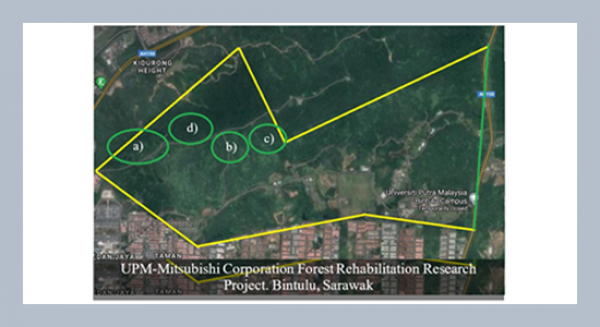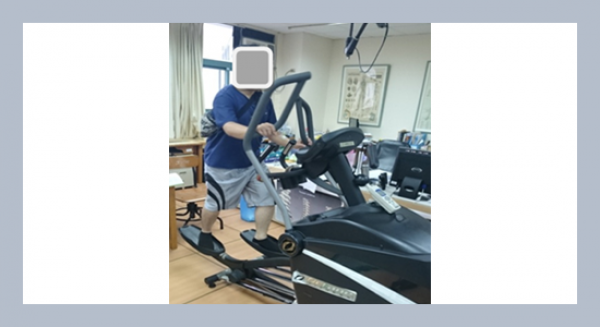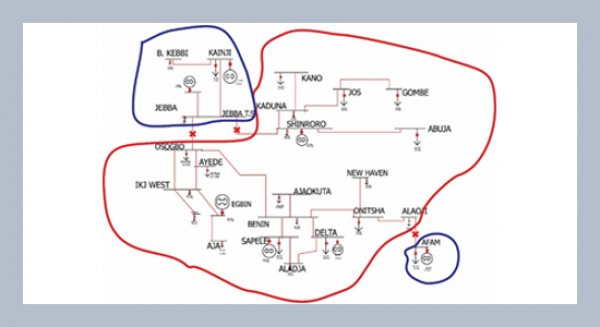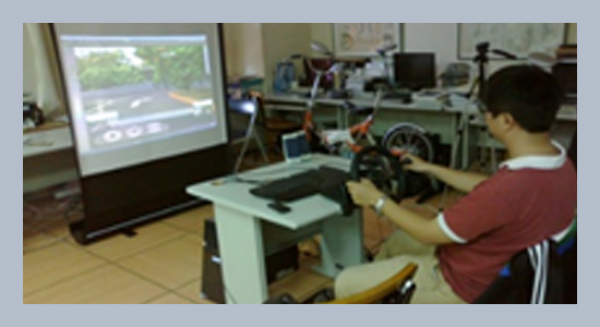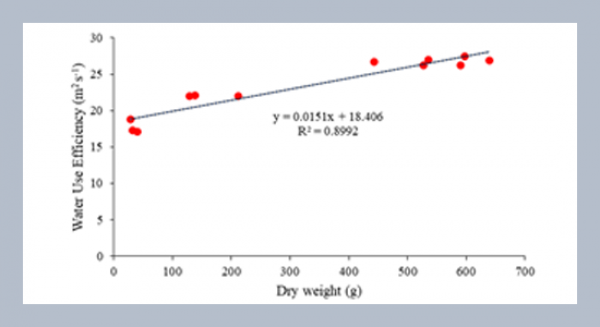REFERENCES
- Ahmad, A.L., Yasin, N.H.M., Derek, C.J.C., Lim, J.K. 2011. Microalgae as a sustainable energy source for biodiesel production: A review. Renewable and Sustainable Energy Reviews, 15, 584–593.
- Arifah, R.U., Sedjati, S., Supriyantini, E., Ridlo, A. 2019. Kandungan Klorofil dan Fukosantin serta Pertumbuhan Skeletonema costatum pada Pemberian Spektrum Cahaya yang Berbeda. Buletin Oseanografi Marina, 8(1), 25–32.
- Behl, S., Donval, A., Stiborb, H. 2011. The relative importance of species diversity and functional group diversity on carbon uptake in phytoplankton communities. Limnology and Oceanography, 56(2), 683–694.
- Bellou, S., Aggelis, G. 2012. Biochemical activities in Chlorella sp. and Nannochloropsis salina during lipid and sugar synthesis in a lab-scale open pond simulating reactor. Journal of Biotechnology, 164, 318–329
- Benavente-Valdésa, J.R., Aguilara, C., Contreras-Esquivela, J.C., Méndez-Zavalab, A., Montañez, J. 2016. Strategies to enhance the production of photosynthetic pigments and lipids in Chlorophyceae species. Biotechnology Reports, 10, 117–125.
- Bligh, E.G. and Dyer, W.J.A. 1959. Rapid method of total lipid extraction and purification. Canadian Journal of Biochemistry and Physiology, 37(8), 911–917.
- Branyikova, I., Filipenska, M., Urbanova, K., Ruzicka, M.C., Pivokonsky, M., Branyikova, T. 2018. Physicochemical approach to alkaline flocculation of Chlorella vulgaris induced by calcium phosphate precipitates. Colloids and Surfaces B: Biointerfaces, 166, 54–60.
- Chisti, Y. 2007. Biodiesel from microalgae. Biotechnology Advances, 25, 294–306.
- Chisti, Y. 2008. Biodiesel from microalgae beats bioethanol. Trends in Biotechnology, 26(3), 126–131.
- Cuzon, G. 2004. Nutrition of Litopenaeus vanamei reared in tanks or in ponds. Aquaculture, 235, 119–123.
- Daniyanto, Sutijan, Deerdarlianto, Budiman, A. 2016. Reaction kinetic of pyrolysis in mechanism of pyrolysis-gasification process of dry torrified-sugarcane bagasse. ARPN Journal of Engineering and Applied Science, 11(16), 9974–9980.
- Demirbas, A. 2011. Competitive liquid biofuels from biomass. Applied Energy, 88(1), 17–28.
- Dere, S., Tohit, G., and Ridvan, S. 1998. Spectrophotometric determination of Chlorophyll-A, B, and total carotenoid contents of some algae species using different solvent. Turkish Journal of Botany, 22, 13–17.
- Domozych, D.S, Ciancia, M., Fangel, J.U., Mikkelsen, M.D., Ulvskov, P., Willats, W.G.T. 2012. The cell walls of green algae: A journey through evolution and diversity. Frontiers in Plant Science, 3, 82.
- Dubois, M., Gilles, K.A., Hamilton, J.K., Rebers, P.A., Smith, F. 1956. Colorimetric method for the determination of sugars and related substances. Analytical Chemistry, 28(3), 350–356.
- Endar, V., Sarjito, Hutabarat, J., Prayitno, B. 2012. Effect of using guillard and walne technical culture media on growth and fatty acid profiles of microalgae Skeletonema sp. in mass culture. Journal of Coastal Development, 16(1), 50–56.
- Friday, E.T. 2010. Mixed cultivation of Euglena gracilis and Chlorella sorokiniana: A production method of algae biomass on a large scale. Journal of Applied Biosciences, 35, 2225–2234.
- Gao, G., Shin, Q., Xu, Z., Campbell, D.A., Wu, H. 2018. Global warming interacts with ocean acidification alter PSII function and protection in the diatom Thallasiosira weissflogii. Environmental and Experimental Botany, 147, 95–103.
- Granum, E., Kirkvold, S., Myklestad, S.M. 2002. Cellular and extracellular production of carbohydrates and amino acids by the marine diatom Skeletonema costatum: Diel variations and effects of N depletion. Marine Ecology Progress Series, 242, 83–94.
- Grima, E.M, Belarbi, E.H., Fernandez, F.G.A., Medina, A.R., Chisti, Y. 2003. Recovery of microalgal biomass and metabolites: Process options and economics. Biotechnology Advances, 20, 491–515.
- Gultom, S.O., Hu, B. 2013. Review of microalgae harvesting via co-pelletization with filamentous fungus. Energies, 6(11), 5921–5939.
- Gupta, P., Diwan, B. 2017. Bacterial Exopolysaccharide mediated heavy metal removal: A Review on biosynthesis, mechanism and remediation strategies. Biotechnology Reports, 13, 58–71.
- Jiménez, C., Cossío, B.R., Labella, D., Niell, F.X. 2003. The feasibility of industrial production of Spirulina (Arthrospira) in Southern Spain. Aquaculture, 217, 179–190.
- Kazamia, E. Dridge, D.C.A., Smith, A.G. 2012. The synthetic ecology-a way forward for sustainable algal biofuel production? Journal of Biotechnology, 162, 163–169.
- Kumar, D., Kastanek, P., Adhikary, S.P. 2018. Exopolysaccharides from Chlorophyceae and microalgae and their commercial application. Current Science, 115(2), 234–241.
- Kuczynska, P., Jemiola-Rzeminska, M., Scrzalka, K. 2015. Photosynthetic pigments in diatoms: A review. Marine Drugs, 13, 5847–5881.
- Lee, A.K. Lewis, D.M., Ashman, P.J. 2009. Microbial flocculation, a potentially low-cost harvesting technique for marine microalgae for the production of biodiesel. Journal of Applied Phycology, 21, 559–567.
- Mata, T.M., Martis, A.A., Caetano, N.S. 2010. Microalgae for biodiesel production and other applications: A review. Renewable and Sustainable Energy Reviews, 14, 217–232.
- Matter, I.A., Bui, V.K.H, Jung, M., Seo, J.Y., Kim, Y.E., Lee, Y.C., Oh, Y.K. 2019. Flocculation harvesting techniques for microalgae: A review. Applied Sciences, 9(15), 3069.
- Nigam, S., Rai, M.P., Sharma, R. 2011. Effect of nitrogen on growth and lipid content of Chlorella pyrenoidosa. American Journal of Biochemistry and Biotechnology, 7(3), 126–131.
- Novoveská, L., Franks, D.T., Wulfers, T.A., Henley, W.J. 2016. Stabilizing continuous mixed cultures of microalgae. Algal, 13, 126–133.
- Popovich, C. A., Damiani, C., Constenla, D., Leonardi, P.L. 2012. Lipid quality of the diatoms Skeletonema costatum and Navicula gregaria from the South Atlantic Coast (Argentina): Evaluation of its suitability as biodiesel feedstock. Journal of Applied Phycology, 24, 1–10.
- Rodolfi, L., Zitelli, G.C., Bassi, N., Padovani, G., Blondi, N., Bonini, G., Tredici, M.R. 2009. Microalgae for oil: Strain selection, induction of lipid synthesis and outdoor mass cultivation in a low-cost photobioreactor. Biotechnology Engineering, 102, 100–112.
- Sabilil, M.S., Suyono, E.A. 2021. Biomass composition of microalgae local mixed culture using POME (Palm Oil Mill Effluent) medium. Research Journal of Biotechnology, 16(5), 41–50.
- Salim, S., Bosma, R., Vermue, M.H., Wijffels, R.H. 2011. Harvesting of microalgae by bio-flocculation. Journal of Applied Phycology, 23(5), 849–855.
- Santos, C. A., Reis, A. 2014. Microalgal symbiosis in biotechnology. Appplied Microbiology and Biotechnology, 98(13), 5839–5846.
- Sathe, S. 2010. Culturing and harvesting microalgae for the large-scale production of biodiesel. Microbial Engineering Research Group, 97.
- Sayanova, O., Mimouni, V., Ulmann, L., Morant-Manceau, A., Pasquet, V., Schofs, B., Napier, J.A. 2017. Modulation of lipid biosynthesis by stress in diatoms. Philosophical Transactions, 5(372), 1–14.
- Schenk, P.M., Thomas-Hall, S.R., Stephens, E., Marx, U., Mussgnug, J.H., Posten, C., Kruse, O., Hankamer, B. 2008. Second generation biofuel: High-efficiency microalgae for biodiesel production. Bioenergy Resources, 1, 20–43.
- Setyaningsi, E.P., Nurhidayati, T., Pratiwi, S., Nurhatika, S., Ermavitalini, D., Muhibuddin, A., Purwani, K. I., Setiawan, A.E., Chen, F., Tsai, M.J. 2018. Microalgae growth and morphology of Skeletonema costatum on physiological stress nutrient silicon (Si). Journal of Physics: Conference Series, 1028(1).
- Shyam Kumar, S., Saramma, A.V. 2018. Optimatization and effect of culture medium and concentration on the growth and biochemical composition of marine microalga Nannochloropsis salina. International Journal of Current Research in Life Sciences, 7 (5), 2013–2019.
- Suantika, G., Hendrawandi, D. 2009. Efektivitas teknik kultur menggunakan sistem kultur statis, semi-kontinyu, dan kontinyu terhadap produktivitas dan kualitas kultur Spirulina sp. Jurnal Matematika dan Sains, 14(2), 41–51.
- Sudibyo, H., Pradana, Y.S., Samudra, T.T., Budiman, A., Indarto, Suyono, E.A. 2017. Study of cultivation under different colors of light and growth kinetic study of Chlorella zofingiensis Dönz for biofuel production. Energy Procedia, 105, 270–276.
- Suyono, E.A., Haryadi, W., Zusron, M., Nuhamunada, M., Rahayu, S., Nugroho, A.P. 2015. The effect of salinity of growth, dry weight, and lipid content of mixed microalgae culture isolated from Glagah as biodiesel substrate. Journal of Life Science, 9, 229–233.
- Suyono, E.A., Nuhamunada, M., Ramadhani, N., Ramadhaniyah. 2016. Lipid content from monoculture of microalgae Chlorella zofingiensis Donz and mixed culture of Glagah isolate in laboratory scale and raceway pond for biodiesel production. Asian Journal of Microbiology, Biotechnology, and Environmental Sciences, 18(1), 95–100.
- Uduman, N., Qi, Y., Danquah, M.K., Forde, G.M., Hoadley. 2010. A Dewatering of microalgal cultures: A major bottleneck to algae-based fuels. Journal of Renewable and Sustainable Energy, 2, 15.
- Ummalyma, S.B., Gnansounou, E., Sukumaran, R.K., Sindhu, R., Pandey, A., Sahoo, D. 2017. Bioflocculation: An alternative strategy for harvesting of microalgae – An overview. Bioresource Technology, 242, 227–235.
- Wang, H., Laughinghouse, H.D., Anderson, M.A., Chen, F., Williams, E., Place, A.R., Hill, R.T. 2012. Novel bacterial isolate from Permian groundwater, capable of aggregating potential biofuel-producing microalga Nannochloropsis oceanica IMET1. Applied and Environmental Microbiology, 78 (5), 1445–1453.
- Xiao, R. and Zheng, Y. 2016. Overview of microalgal extracellular polymeric substances (EPS) and their applications. Biotechnology Advances, 34(7),1225-1244.
- Yaakob, M.A., Mohamed, R.M.S.R., Al-Gheethi, A., Aswathnarayana, Gokare, R., Ambati, R.R. 2021. Influence of nitrogen and phosphorus on microalgal growth, biomass, lipid, and fatty acid production: An overview. Cells,10(2), 393.
- Yen, H., Hu, I., Chen, C., Ho, S., Lee, D., Chang, J. 2013. Microalgae-based biorefinery-from biofuels to natural products Hong-Wei. Bioresource Technology, 135(1), 166–174.
- Yuarrina, W.P., Pradana, Y.S., Budiman, A., Majid, A.I., Indarto, Suyono, E.A. 2018. Study of cultivation and growth rate kinetic for mixed cultures of local microalgae as third generation (G-3) bioethanol feedstock in thin layer photobioreactor. Journal of Physics: Conference Series, 1022, 012051.

